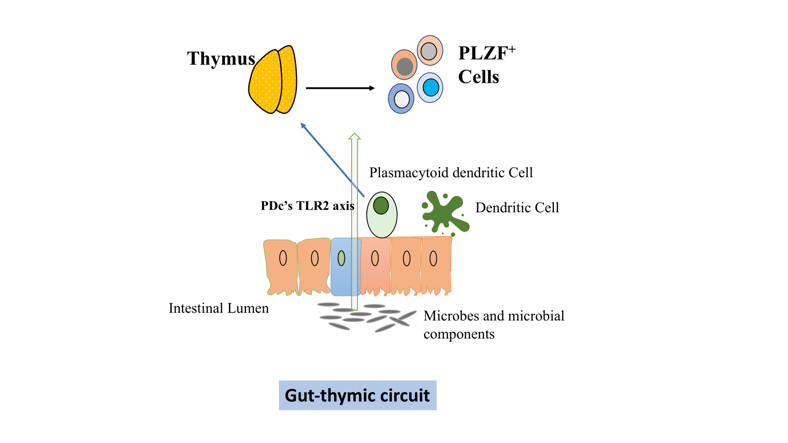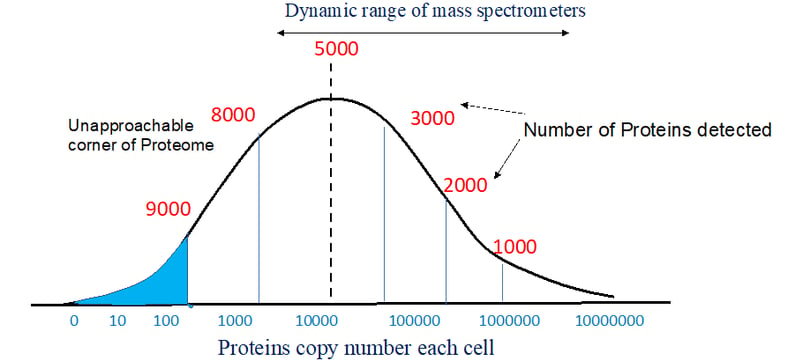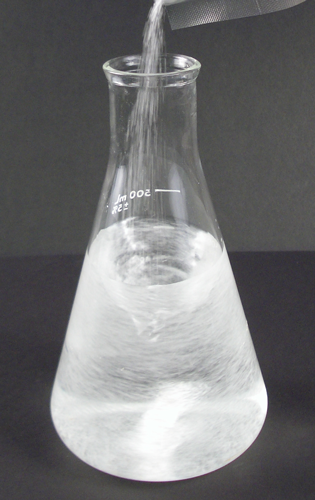Evolution of ancient cellular components paves a path to parasitic adaptations in Apicomplexan parasites.
How the cilium became a ‘villain’ in Apicomplexan parasites?
Topics: Molecular Biology, Protein Electrophoresis, Protein Concentration, Protease Inhibitors, Protein Labeling
Exposure to Intestinal microbes in early life can influence development of thymic lymphocytes : A review of current literature
Topics: Western Blotting, Protein Electrophoresis, Protein Estimation, Protein Concentration, Protease Inhibitors, Protein Fractionation, Protein Labeling
Capture and purification of low abundance proteins
A proteome is a sum total of all the cellular proteins, this would include housekeeping proteins and proteins that are produced in response to a stimulus. Some proteins are produced only in a given cell type or tissue, others are produced in all cells, some proteins are only produced under certain given conditions adding to the complexity and heterogeneity of proteins in a proteome. Similarly, alternative splicing and post translational modifications all together combined can make the proteome very complex.
Topics: Protein Purification, Protein Concentration, Peptide Generation
Ammonium Sulfate Protein Precipitation: The key to Salting-Out
Salt precipitation can be a very powerful tool to purify proteins by precipitation. Ammonium sulfate is usually the salt of choice since it is cheap, very soluble in water, and is able to become much more hydrated (interacts with more water molecules) than almost any other ionic solvent. In practice, ammonium sulfate is either added directly as a solid or added as a (usually) saturated solution to precipitate desired proteins.







